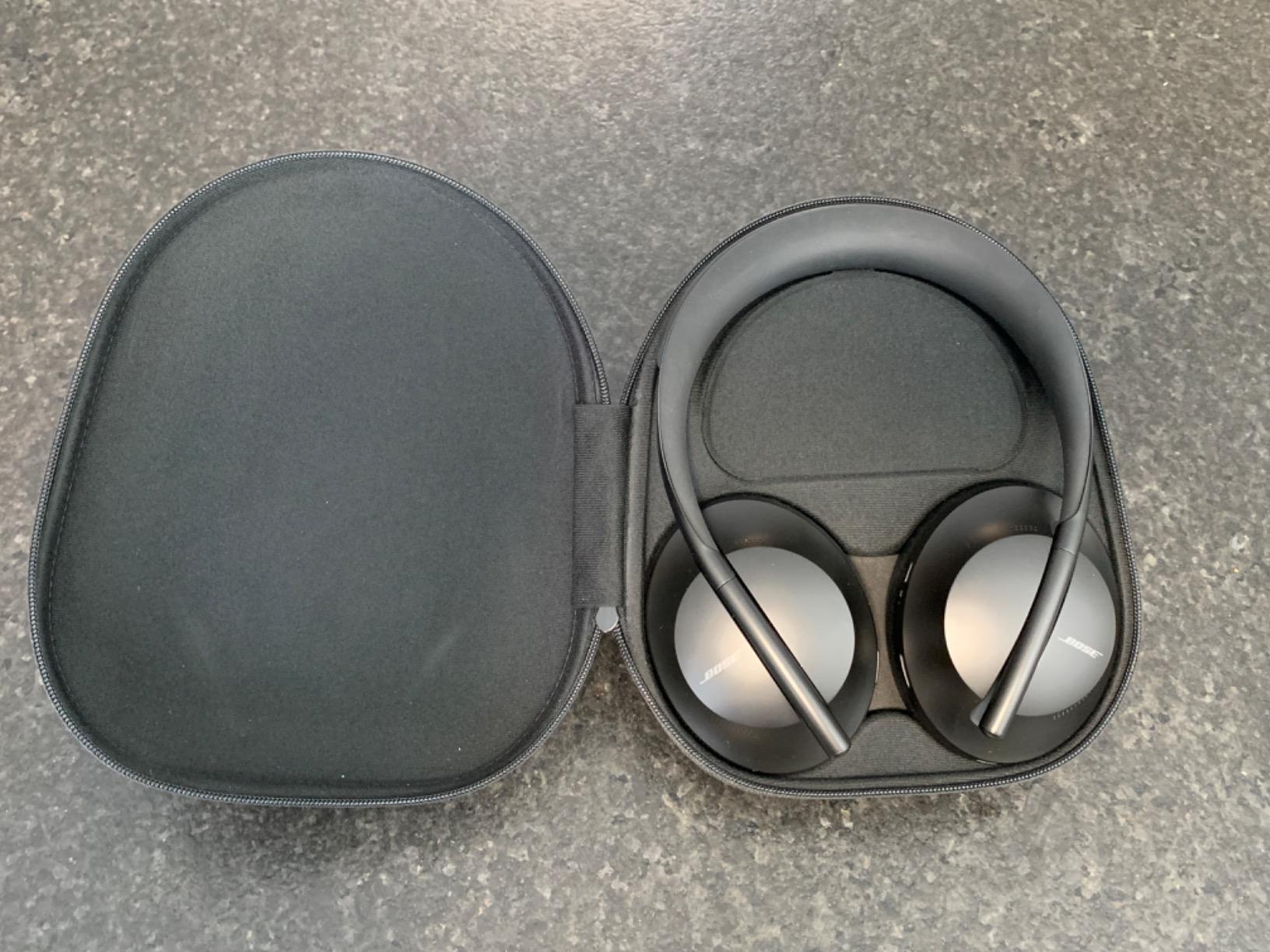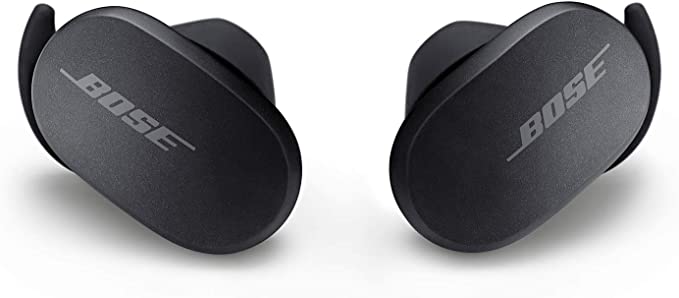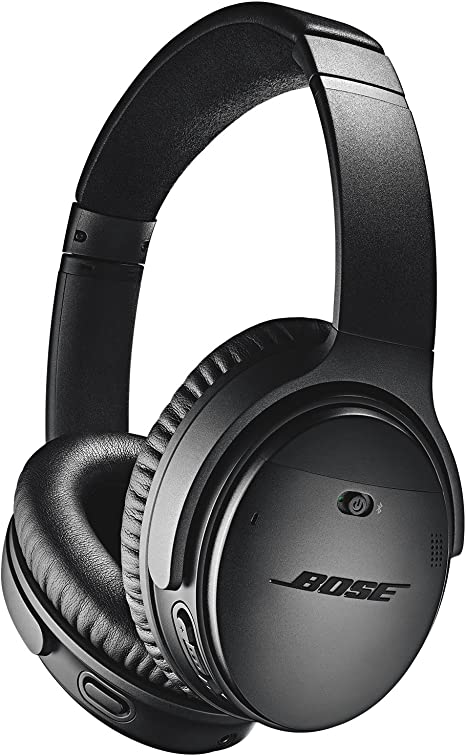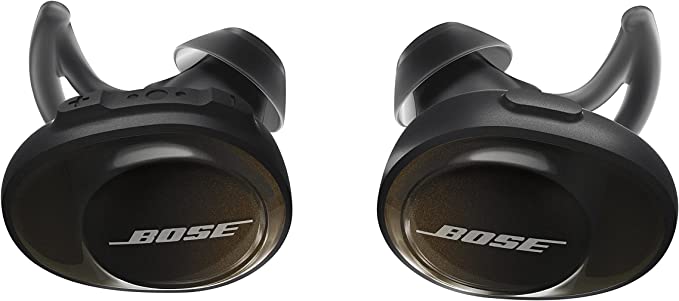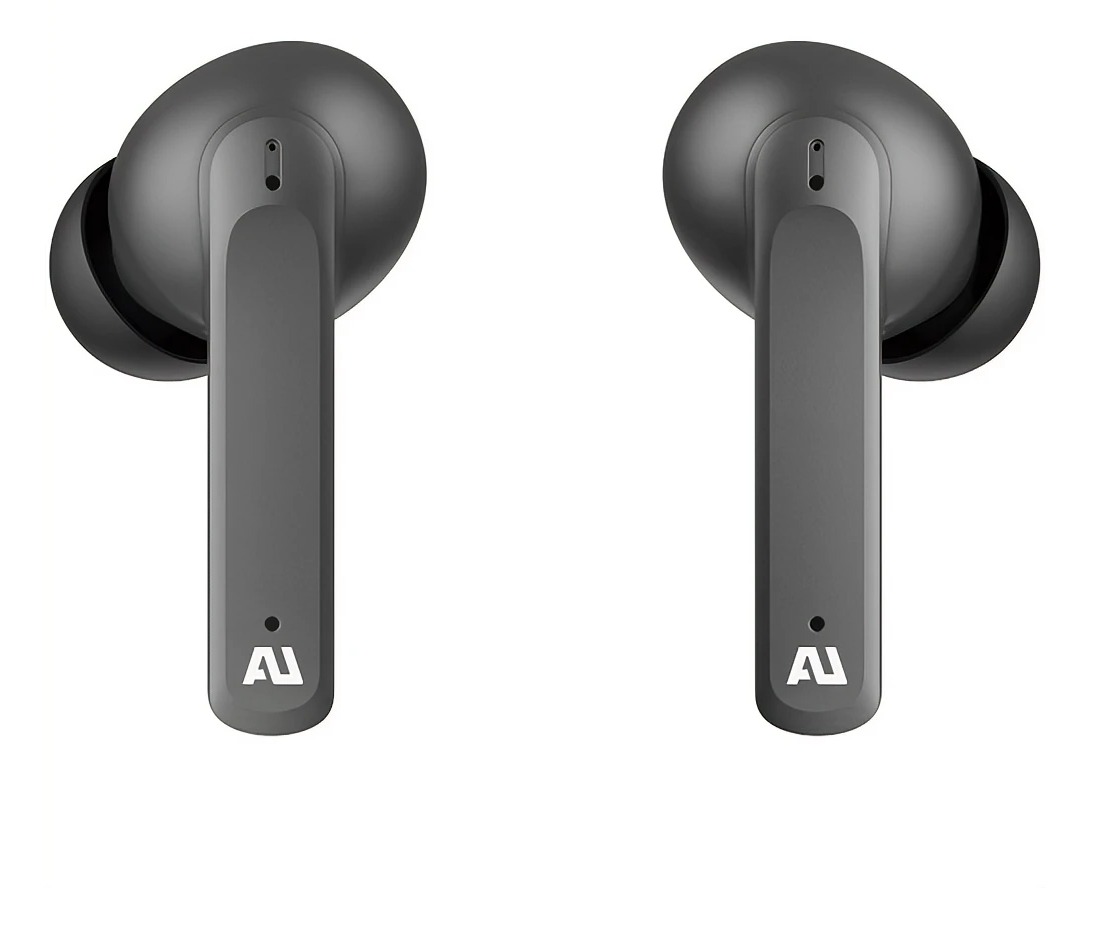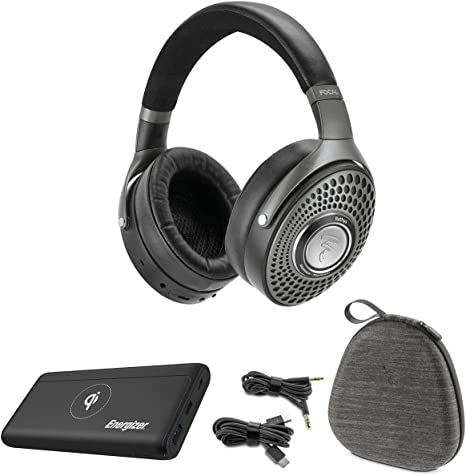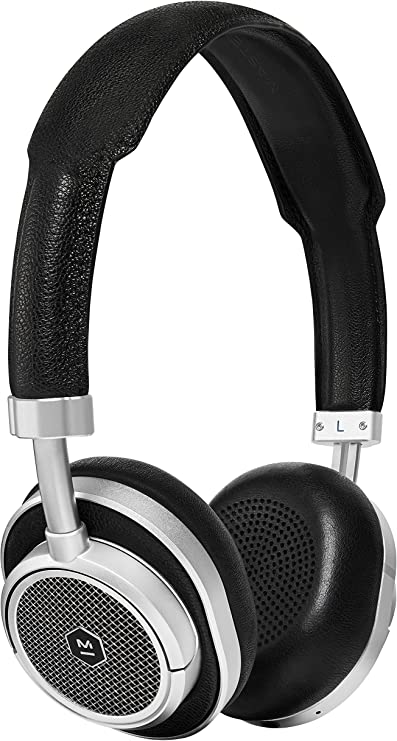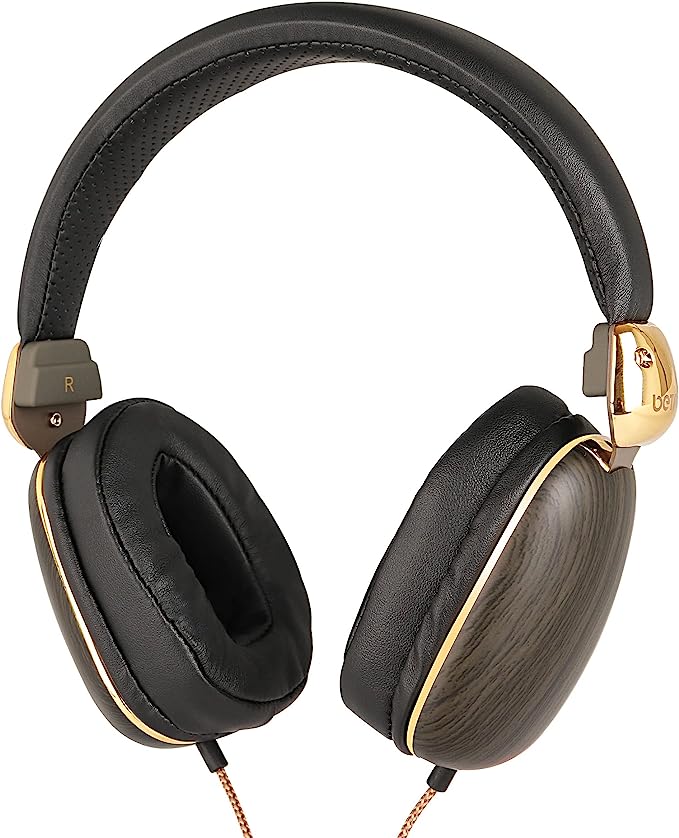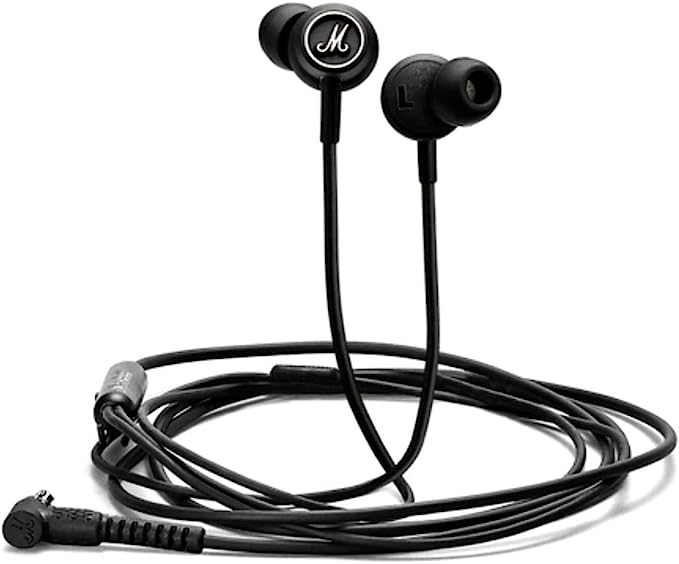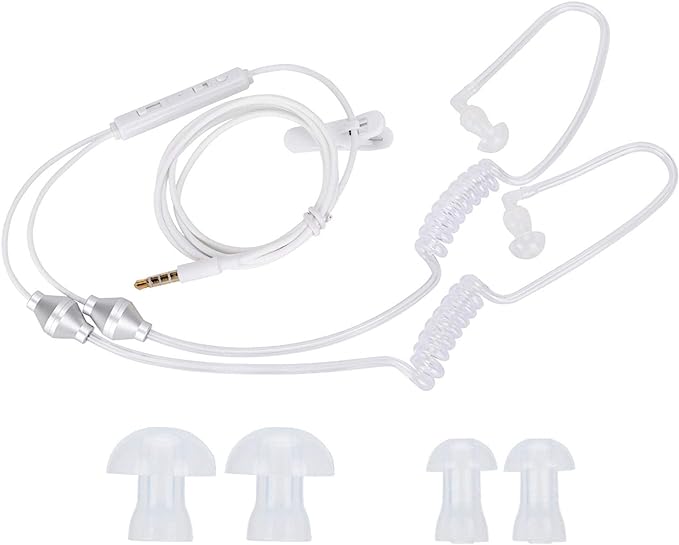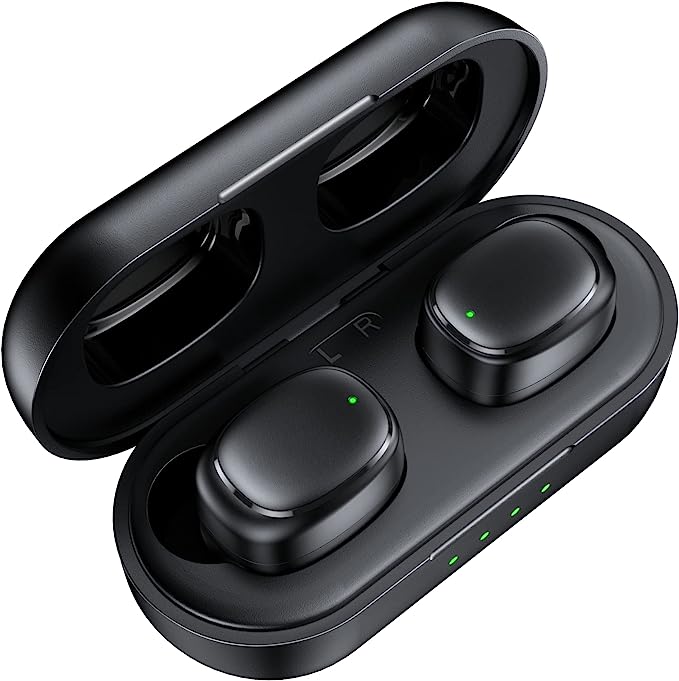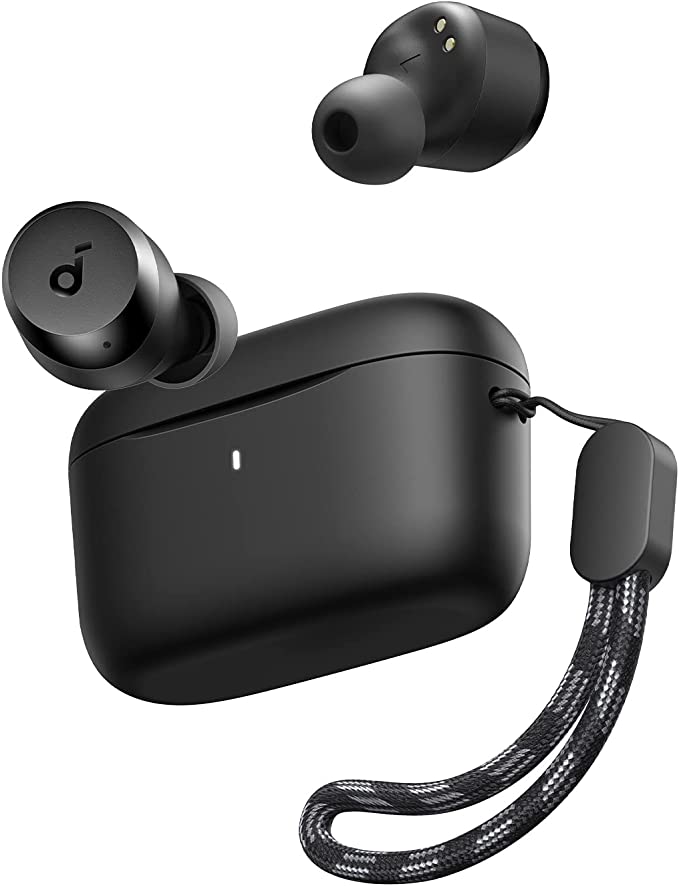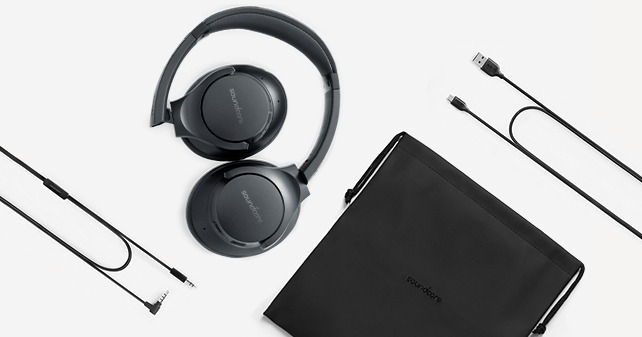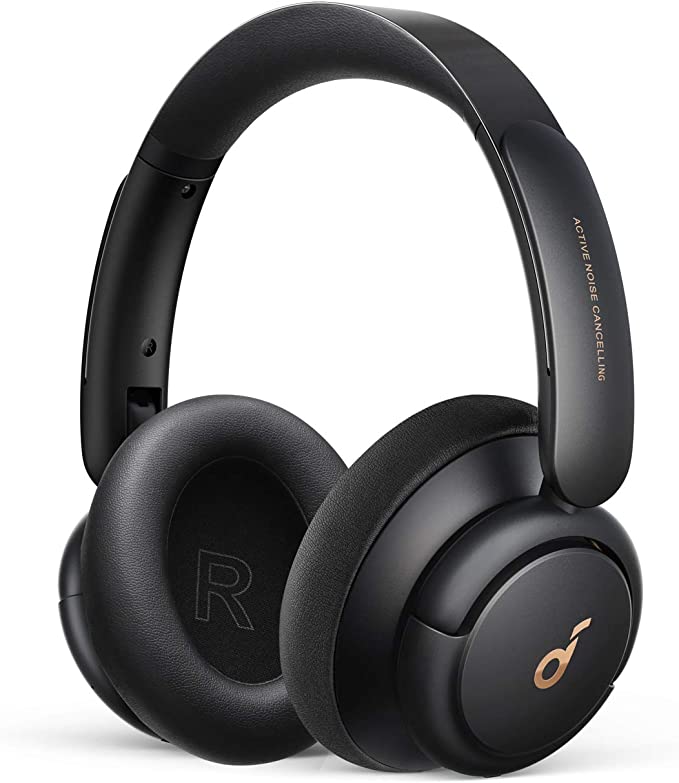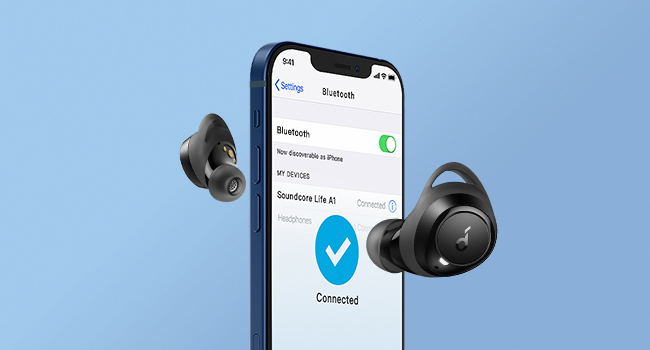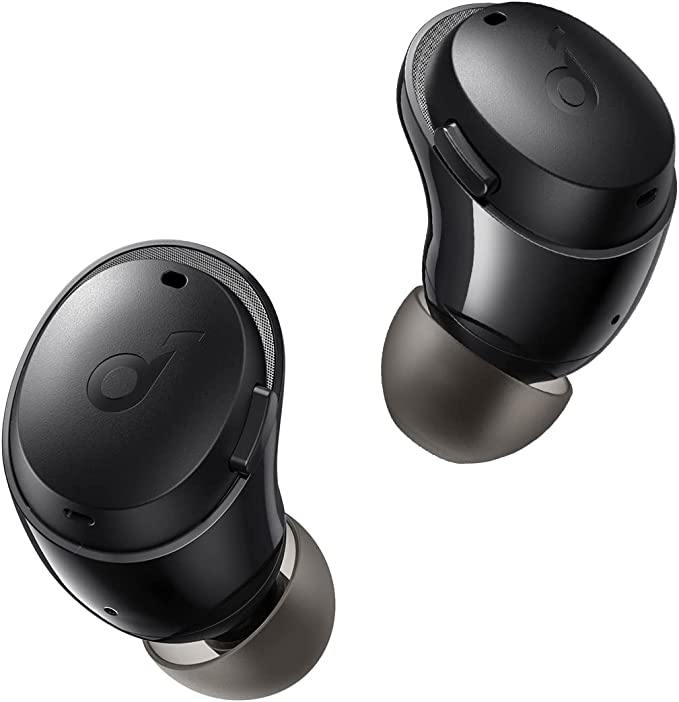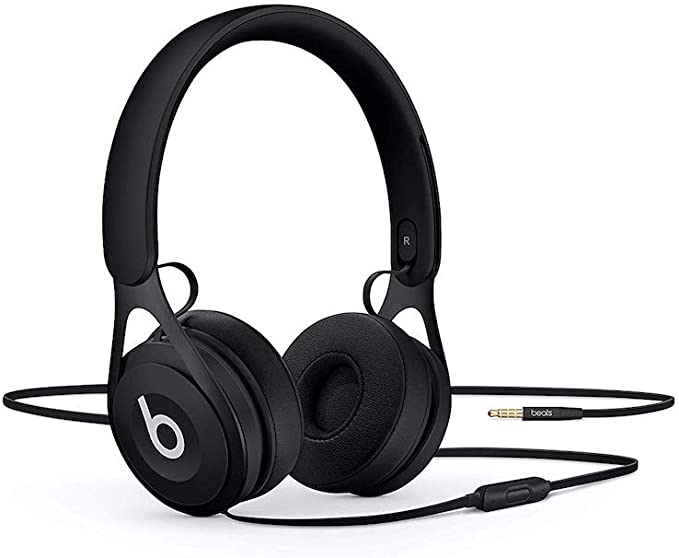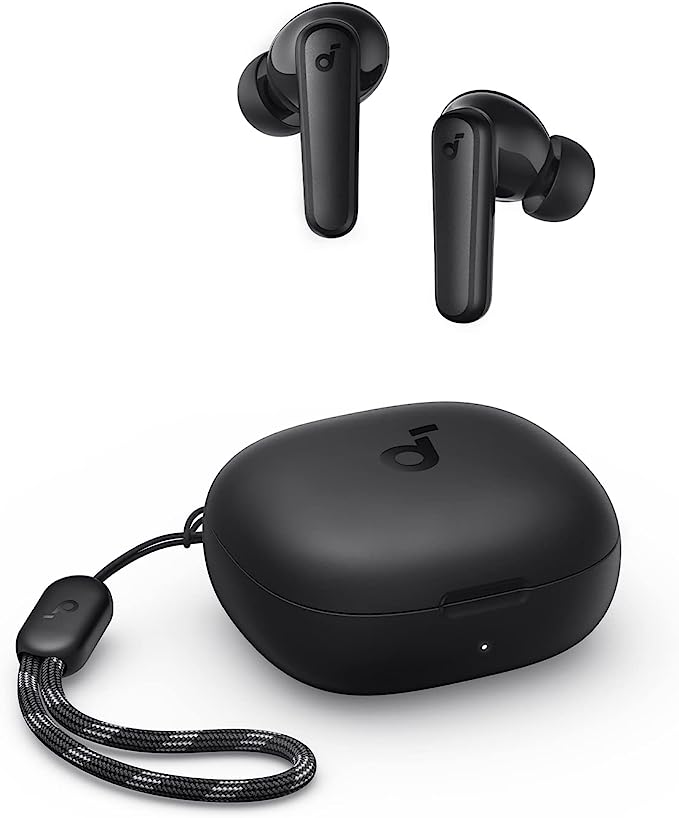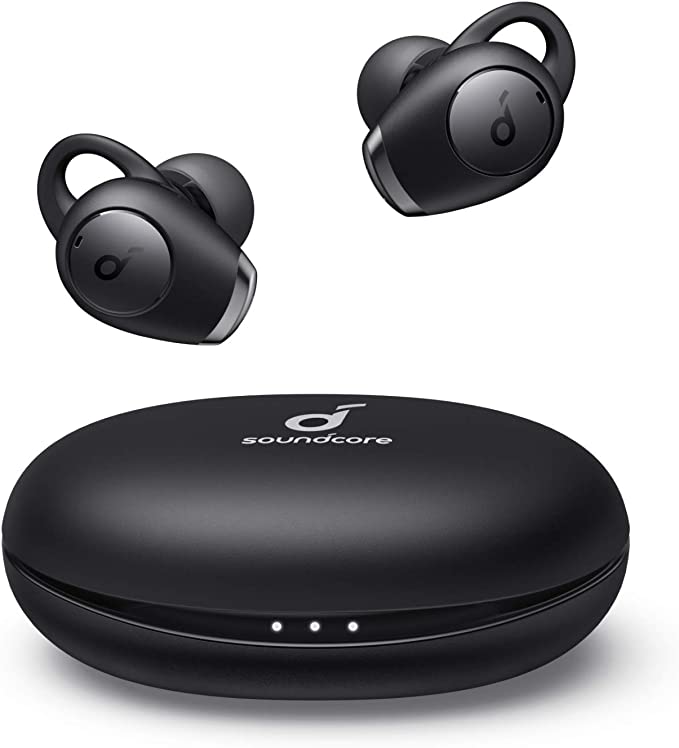Bose 251 Environmental Speakers: Unlocking Superior Outdoor Sound
Update on March 8, 2025, 8:42 a.m.
Have you ever noticed how different music sounds outdoors compared to inside your home? The expansive nature of the outdoors presents unique challenges to achieving high-quality audio. Instead of being contained by walls and ceilings, sound waves dissipate quickly, often leaving the music sounding thin and weak. Wind, temperature variations, and even the presence of trees and shrubs can further complicate matters. Let’s delve into the fascinating world of outdoor acoustics and explore how the Bose 251 environmental speakers are engineered to overcome these challenges.

The Challenges of Outdoor Acoustics
Unlike the controlled environment of an indoor room, the outdoors throws a multitude of obstacles in the path of sound waves. Understanding these challenges is key to appreciating the design choices behind a good outdoor speaker.
-
Sound Dispersion: The Open-Air Dilemma
Indoors, walls and ceilings act like mirrors for sound, reflecting the waves and reinforcing the audio. Outdoors, however, sound waves travel in all directions, spreading out and losing intensity rapidly. This phenomenon, known as sound dispersion, is a primary reason why music can sound weak and lack presence in an open-air environment. Imagine trying to fill a vast stadium with a single garden hose – the water (sound) would quickly spread thin and lose its power.
-
The Wind’s Whims: A Shifting Soundscape
Wind is more than just a gentle breeze; it’s a moving mass of air that can significantly impact sound propagation. A strong wind can literally carry sound waves away, making the music seem quieter or even distorted. Furthermore, wind can create its own noise, masking the desired audio. Think of it like trying to have a conversation in a bustling crowd – the surrounding noise interferes with your ability to hear clearly.
-
Temperature and Humidity: Invisible Sound Benders
Temperature gradients – variations in temperature at different heights above the ground – can cause sound waves to refract, or bend. This can create unexpected “hot spots” and “dead spots” in your listening area. Humidity, while having a lesser effect, also plays a role. Denser, more humid air can slightly slow down sound waves, altering their perceived quality.
-
Obstacles: A Sonic Maze
Trees, shrubs, patio furniture, and even the walls of your house can act as obstacles, absorbing or reflecting sound waves. This can create an uneven sound field, with some areas receiving strong sound and others experiencing significant drop-offs. It’s like trying to navigate a maze – the sound waves bounce around, creating a complex and often unpredictable pattern.

The Bose 251: Engineered for Outdoor Excellence
The Bose 251 environmental speakers are specifically designed to address these outdoor acoustic challenges. Let’s examine the key features that contribute to their superior performance.
-
Articulated Array Speaker Design: A Wide Angle Lens for Sound
The most distinctive feature of the Bose 251 is its Articulated Array speaker design. Instead of relying on a single, forward-firing driver, the 251 utilizes multiple 2.5-inch Twiddler™ drivers, each precisely angled within the enclosure. This arrangement creates a much wider and more uniform sound field compared to traditional speakers. Instead of a narrow beam of sound, you get a broad, expansive soundscape. Imagine the difference between a spotlight and a floodlight – the spotlight focuses light in a single direction, while the floodlight illuminates a much wider area.
This wide dispersion is achieved through careful manipulation of sound wave interference. When multiple sound waves meet, they can either reinforce each other (constructive interference) or cancel each other out (destructive interference). The Articulated Array design uses this principle to create a pattern of constructive interference that spreads the sound evenly over a large area.
-
Twiddler™ Drivers: The High and Mid-Range Harmony
The 2.5-inch Twiddler drivers are responsible for reproducing the high and mid-range frequencies, which are crucial for vocal clarity and instrumental detail. These drivers are designed to be both durable and highly responsive, capable of accurately reproducing the nuances of your music. Their small size and specific placement also contribute to the wide dispersion characteristics of the Articulated Array.
-
5.25-inch Woofer: The Foundation of Powerful Bass
To provide a full and balanced sound, the Bose 251 incorporates a 5.25-inch woofer dedicated to reproducing low frequencies. This woofer delivers the deep, resonant bass that adds richness and impact to your music, even in the open air. Without a strong bass foundation, outdoor music can sound thin and lifeless. -
The Multi-Chambered Enclosure: A Resonance Chamber for Sound
The Bose 251’s enclosure is not just a box; it’s a carefully engineered acoustic chamber. The multi-chambered design helps to minimize unwanted resonances and distortions, ensuring that the bass remains clean and powerful, even at high volumes. Think of it like the body of a guitar or violin – the shape and construction of the instrument’s body are crucial for shaping its sound.

The Materials Science: Weathering the Storm
Outdoor speakers must endure harsh conditions. The Bose 251 speakers are built to last, using materials specifically chosen for their durability and resistance to the elements.
-
Polymer Composite Drivers and Enclosure: The woofer and Twiddler drivers, as well as the speaker enclosure itself, utilize polymer fiber composites. These materials are chosen for their combination of strength, rigidity, and resistance to moisture, UV radiation, and temperature fluctuations. Unlike traditional paper cones, which can warp or degrade in humid conditions, polymer composites maintain their structural integrity and acoustic properties over a wide range of environmental conditions. The enclosure’s plastic construction further protects the internal components from the elements.
-
Galvanized, Powder-Coated Steel Grille: The grille, the speaker’s first line of defense against the elements, is made of galvanized steel with a powder-coated finish. Galvanization involves coating the steel with a layer of zinc, which provides excellent corrosion resistance, even in salty environments like coastal areas. The powder coating adds another layer of protection, creating a durable, weather-resistant finish that won’t easily chip or fade.
Advanced Concepts: Understanding Speaker Specifications
To fully appreciate the engineering behind the Bose 251, let’s delve into some key speaker specifications.
-
Impedance: The Speaker-Amplifier Match
Impedance, measured in ohms (Ω), represents a speaker’s resistance to electrical current. The Bose 251 has a nominal impedance of 8 ohms. It’s crucial to match the speaker’s impedance to the amplifier’s output impedance for optimal performance and to prevent damage to the amplifier. Most home audio amplifiers are designed to work with speakers in the 4- to 8-ohm range. Connecting a speaker with a significantly lower impedance than the amplifier’s rating can cause the amplifier to overheat and potentially fail.
-
Power Handling: The Speaker’s Energy Capacity
Power handling, measured in watts (W), indicates the amount of power a speaker can safely handle without distortion or damage. The Bose 251 has a continuous power handling rating of 100W (IEC). This means it can handle a continuous 100-watt signal without issue. It’s generally recommended to choose an amplifier with a power output that is slightly higher than the speaker’s continuous power handling rating to provide sufficient headroom and prevent clipping (distortion caused by the amplifier being driven beyond its limits).
Placement and Connection: Optimizing Your Outdoor Sound
Even the best-designed speakers won’t perform optimally if they’re not properly placed and connected.
-
Strategic Placement: For best results, position the two 251 speakers on the same wall or structure, facing the primary listening area. Maintain a minimum distance of 7 feet (2 meters) between the speakers to ensure proper stereo separation. Experiment with different placements and angles to find the optimal sound coverage for your specific outdoor space. Consider the proximity to reflective surfaces (walls, fences) and absorptive surfaces (trees, shrubs) as these will affect the sound.
-
Wiring with Care: Polarity Matters
Speaker wire consists of two insulated conductors. One conductor is typically marked (striped, ribbed, or colored) to indicate positive (+), while the other is plain, indicating negative (-). It’s essential to connect the wires correctly to both the speaker terminals and the amplifier terminals. Maintaining correct polarity (positive to positive, negative to negative) ensures that the speakers are “in phase,” meaning their drivers move in unison. If the polarity is reversed on one speaker, the speakers will be “out of phase,” resulting in cancellation of certain frequencies, particularly bass, and a weakened, diffused soundstage. Double-check your connections before powering on your amplifier! Use a proper gauge speaker wire (thickness). General use, 18-gauge. But if your speakers will be more than 30 feet (9 m) from the receiver or amplifier, see the “Wire recom- mendations” under “Technical Information” on page 13 from user manual.
Conclusion: Immersed in Outdoor Sound
The Bose 251 environmental speakers are more than just weather-resistant boxes; they are a testament to the power of acoustic engineering. By understanding the challenges of outdoor sound and applying clever design solutions, Bose has created a speaker system that delivers exceptional audio quality in even the most demanding environments. From the carefully angled drivers of the Articulated Array to the durable, weather-resistant materials, every aspect of the 251 is engineered to bring your music to life, outdoors. It’s about transforming your patio, garden, or poolside into a vibrant soundscape, where you can enjoy your favorite tunes in all their richness and detail, regardless of the weather.
